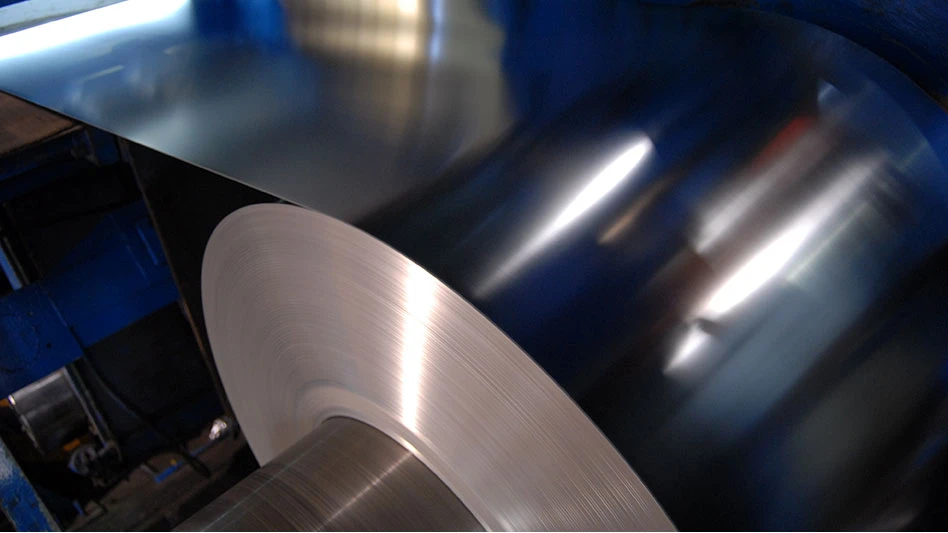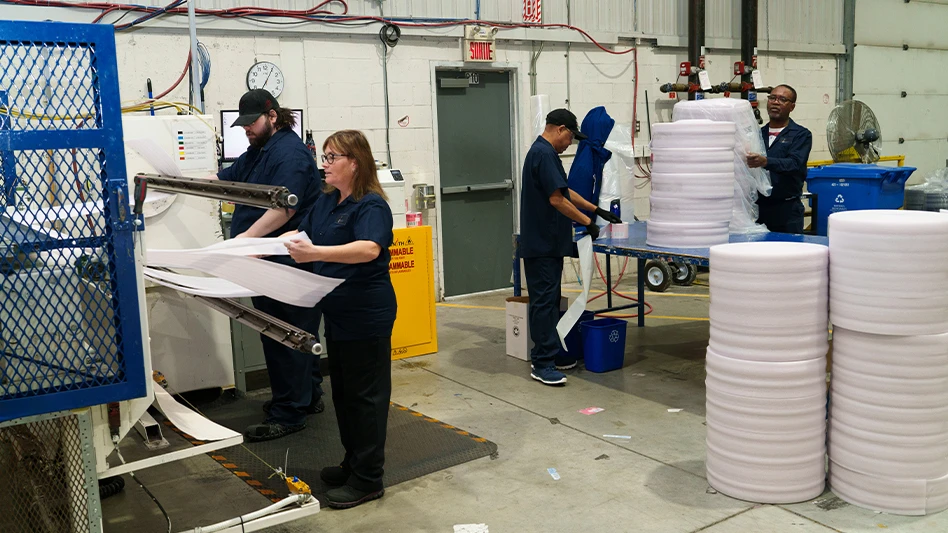The Bureau of International Recycling has identified extra administrative costs for every shipment of green list non-hazardous waste and secondary raw material within, into and out of the European Union.
European Waste Shipments Regulations will be reviewed at a Stakeholder Consultation with the European Commission’s Directorate General Environment Nov. 23. Stakeholders will discuss tracking forms and amendments to Article 11 requirements, and the compulsory marking of waste shipment vehicles with a harmonized EU sign for cross-border waste transfers.
Currently Article 11 of the European Regulation requires that shipments should be accompanied by a paper indicating: name and address of the holder; the commercial description of the waste; the quantity; name and address of the consignee; operations involving recovery; the anticipated date of shipment; and the paper being signed.
Instead of adding to a standard contract some of the missing elements so that the contract may fulfill the existing article requirements, some member states and companies have drawn up their own form. Such forms duplicate administrative work and leave the door open for a European proposal for a harmonized tracking form, which would come on top of the existing contract and the CMR form. The cost for these additional forms would add to the cost of shipping the material. Additionally, there could be a charge for each harmonized form.
“We must highlight our concern regarding a harmonized European tracking form. Such a form would duplicate existing information and as a result increases administration costs. Worse still it opens the door for a ‘tax’ on every waste shipment. It promises no benefits above those that can be accomplished by adding some minor information into existing contracts,” says Ross Bartley, BIR Environmental & Technical director.
EU Regulation 259/93 organizes the controls of all waste shipments either for recovery or disposal within, into and out of EU States. The EU list of wastes does not differentiate between “wastes” and “secondary raw materials”.
As a consequence in the European Union legislation, shredded scrap or second-hand clothing still fall in the scope to the procedures required by 259/93.
Latest from Recycling Today
- Nucor names new president
- DOE rare earths funding is open to recyclers
- Design for Recycling Resolution introduced
- PetStar PET recycling plant expands
- Iron Bull addresses scrap handling needs with custom hoppers
- REgroup, CP Group to build advanced MRF in Nova Scotia
- Oregon county expands options for hard-to-recycling items
- Flexible plastic packaging initiative launches in Canada





